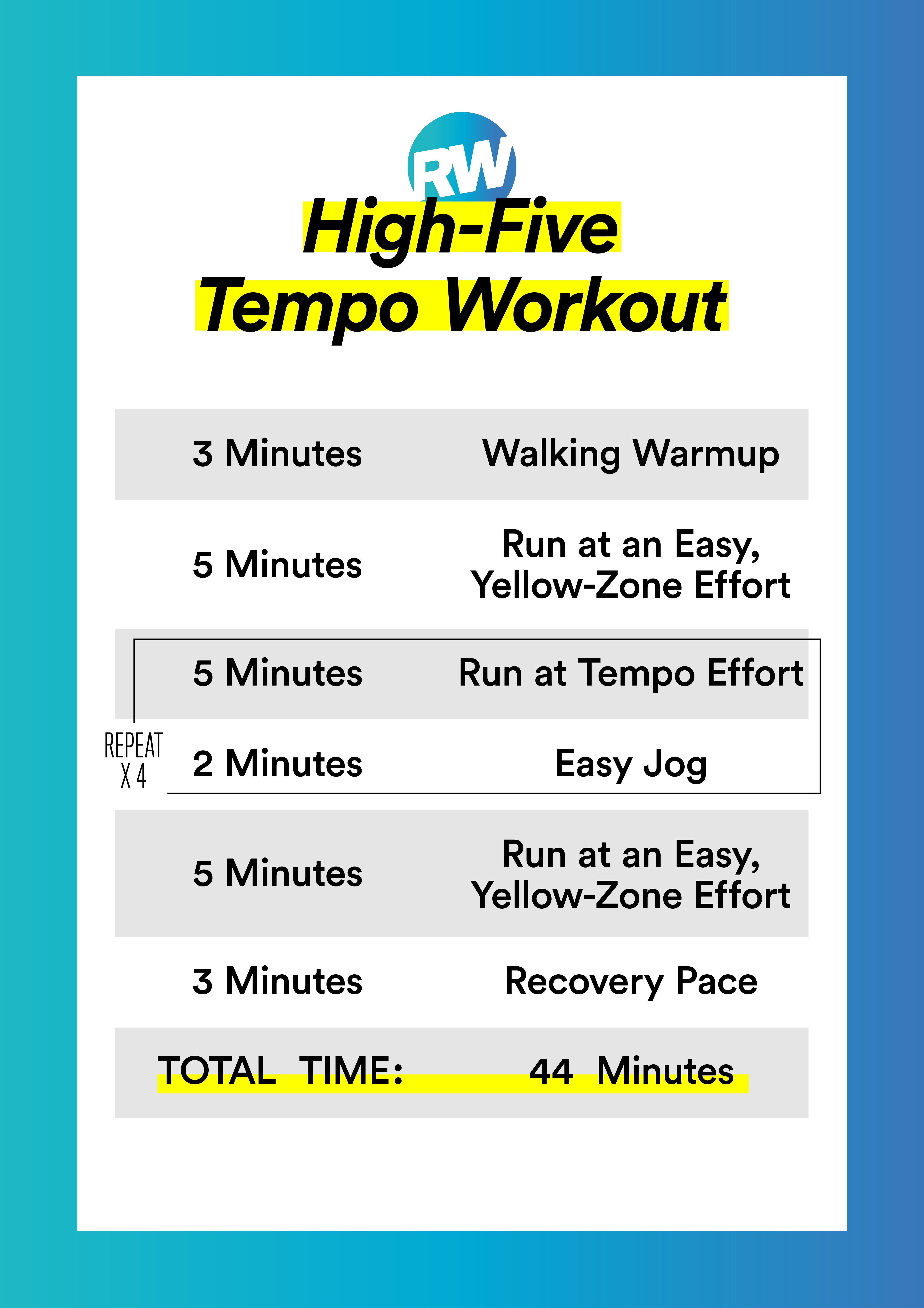Handling Common Running Pains: Reasons, Solutions, and Avoidance
As joggers, we often encounter different pains that can hinder our performance and enjoyment of this physical activity. By discovering the root reasons for these running discomforts, we can uncover targeted options and preventive actions to make certain a smoother and a lot more satisfying running experience.
Common Running Discomfort: Shin Splints
Shin splints, a typical running discomfort, typically arise from overuse or incorrect shoes during exercise. This problem, medically recognized as medial tibial anxiety disorder, manifests as discomfort along the inner side of the shinbone (tibia) and is common amongst athletes and runners. The recurring stress on the shinbone and the tissues attaching the muscle mass to the bone results in swelling and pain. Runners who swiftly increase the intensity or duration of their workouts, or those that have level feet or improper running methods, are especially susceptible to shin splints.
To avoid shin splints, individuals ought to progressively raise the strength of their workouts, put on proper footwear with correct arch assistance, and preserve versatility and strength in the muscular tissues surrounding the shin. If shin splints do take place, preliminary treatment entails rest, ice, compression, and elevation (RICE) In addition, incorporating low-impact tasks like swimming or cycling can help preserve cardiovascular health and fitness while enabling the shins to heal. Consistent or severe instances may call for medical analysis and physical therapy for reliable administration.
Usual Running Pain: IT Band Syndrome
Along with shin splints, an additional prevalent running pain that professional athletes often come across is IT Band Disorder, a problem brought on by inflammation of the iliotibial band that leaves the external upper leg and knee. IT Band Disorder generally materializes as discomfort outside of the knee, specifically during activities like running or cycling. The iliotibial band is a thick band of fascia that links the hip to the shin, and when it ends up being swollen or tight, it can rub against the thigh bone, resulting in discomfort and pain.
Joggers experiencing IT Band Syndrome might observe a stinging or hurting feeling on the external knee, which can aggravate with continued task. Elements such as overuse, muscle inequalities, incorrect running kind, or insufficient warm-up can add to the development of this problem.
Common Running Discomfort: Plantar Fasciitis

Plantar Fasciitis can be attributed to numerous factors such as overtraining, incorrect footwear, working on hard surfaces, or having high arches or flat feet. To stop and alleviate Plantar Fasciitis, runners can incorporate stretching exercises for the calves and plantar fascia, wear helpful footwear, maintain a healthy weight to decrease stress on the feet, and slowly enhance running intensity to prevent abrupt stress and anxiety on the plantar fascia. If signs and symptoms linger, it is advised to consult a healthcare professional for correct medical diagnosis and therapy alternatives to resolve the problem successfully.
Typical Running Pain: Jogger's Knee
After addressing the challenges of Plantar Fasciitis, an additional widespread problem that runners frequently face is Jogger's Knee, a typical running pain that can hinder sports performance and cause pain throughout exercise. Jogger's Knee, likewise referred to as patellofemoral discomfort disorder, materializes as pain around or behind the kneecap. This condition is usually connected to overuse, muscle mass imbalances, inappropriate running methods, or problems with the placement of the kneecap. Runners experiencing this pain might feel a boring, aching discomfort while running, going up or down staircases, or after prolonged durations of sitting. To stop Runner's Knee, it is crucial to include proper workout and cool-down routines, preserve solid and balanced leg muscular tissues, wear ideal footwear, and slowly increase running strength. If signs and symptoms persist, inquiring from a medical care professional or a sports medication specialist is recommended to detect the underlying reason and develop a customized therapy strategy to ease the pain and avoid more complications.
Typical Running Discomfort: Achilles Tendonitis
Frequently affecting joggers, Achilles Tendonitis is a painful condition that affects the Achilles tendon, causing pain and possible constraints in physical task. The Achilles ligament is a thick band of cells that attaches the calf bone muscle mass to the heel bone, vital for tasks like running, jumping, and walking - read this article. Achilles Tendonitis often develops due to overuse, improper shoes, poor extending, or unexpected boosts in physical activity
Signs of Achilles Tendonitis consist of pain and rigidity along the tendon, particularly in the morning or after periods of lack of exercise, swelling that intensifies with task, and potentially bone spurs in persistent cases. To stop Achilles Tendonitis, it is vital to extend properly previously and after running, put on suitable shoes with proper support, slowly increase the intensity of workout, and cross-train to lower repetitive anxiety on the ligament.
Conclusion
